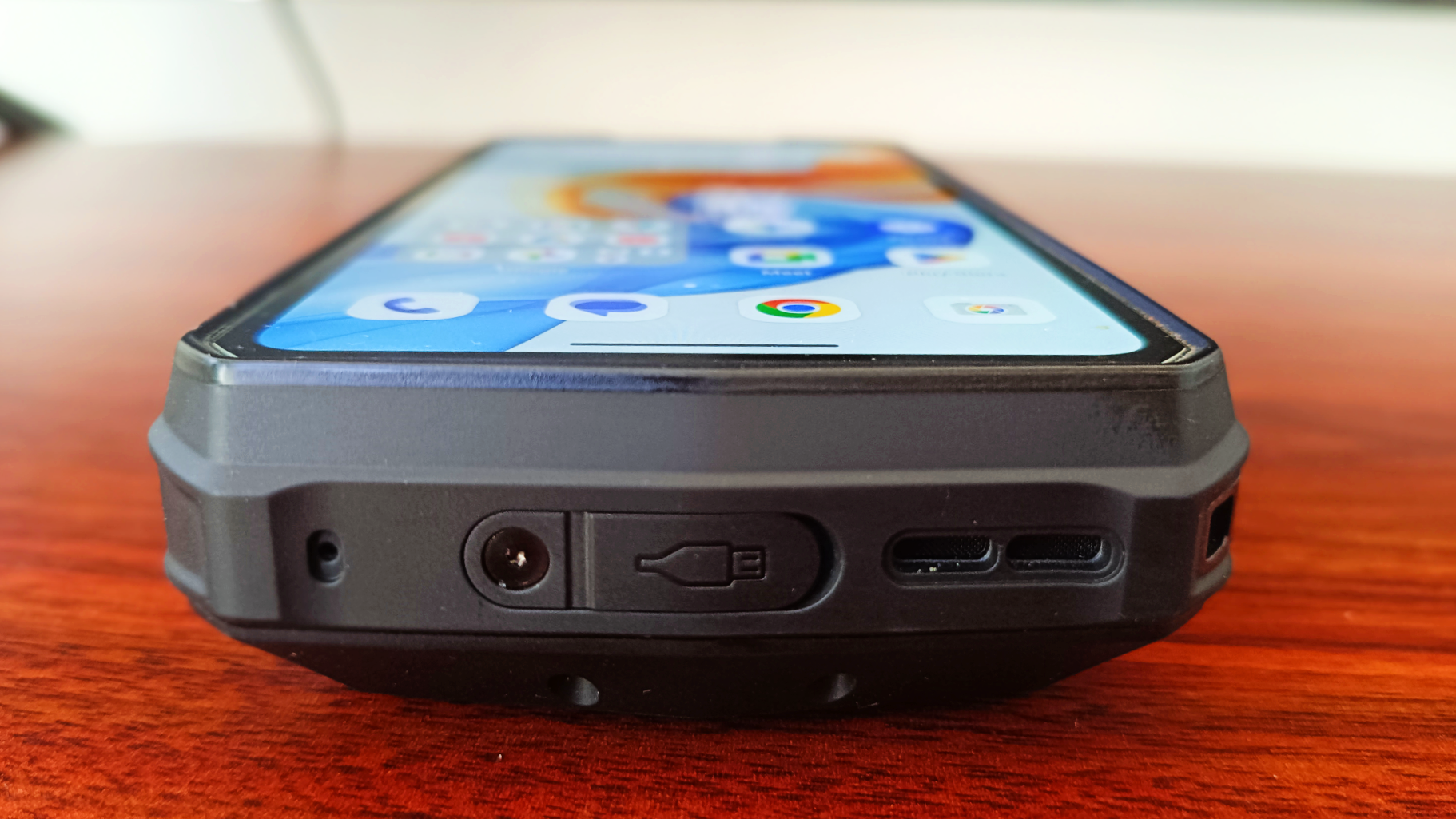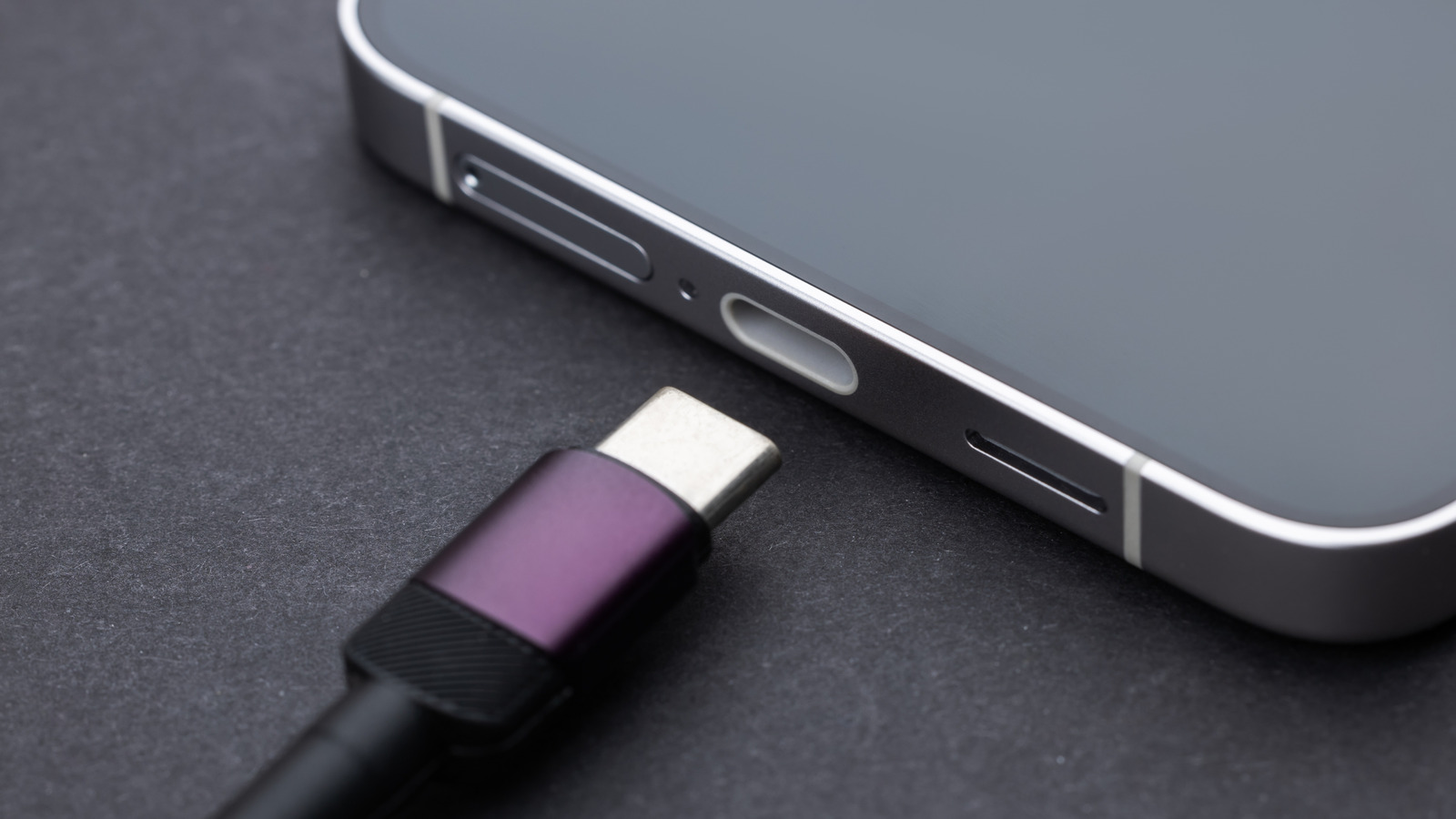
Skip to main content
Close main menu
Digital Camera World
THE HOME OF DIGITAL PHOTOGRAPHY
View Profile
Search Digital Camera World
Accessories
Buying Guides
The Photography & Video Show
Digital Camera
Australian Camera
Australian ProPhoto
Photography Magazines
Why subscribe?
Issues filled with product reviews, latest updates, expert advice and more
Delivered to your Android or IOS device
Every issue is packed with photo tips, kit reviews and inspiration
From$12Subscribe now
Camera news
Camera rumors
Photography & Video Show
Cheatsheets
Photo mag deals
Prime Day deals
Don’t miss these
360 Cameras
DJI Osmo 360 review – the new king of 360-degree cameras on the first try?
Mirrorless Cameras
Hasselblad X2D II 100C review: The finest stills camera ever made
Action Cameras
The best action cameras in 2025: capture life’s adventures, wherever they take you!
Compact Cameras
Sony RX1R III review: Size matters… and this tiny 61MP compact camera is the pound-for-pound champ
Compact Cameras
The best full-frame compact cameras – portable powerhouses
Phone Cases
The best iPhone 17 Pro Max cases
The best camera phone in 2025: what’s the best smartphone for photography?
Phone Accessories
The best smartphone gimbals for iPhones and Android phones: make your phone footage silky smooth
Compact Cameras
Canon PowerShot SX740 HS / Lite review: Canon’s best photo-focused compact camera?
DJI Mini 5 Pro review – pro drone, pocket-sized, ultra-light. Why would anyone go bigger?
360 Cameras
The best body cameras: wearable cameras for protection, security, and fun
Thermal Imaging Cameras
The best thermal-imaging cameras in 2025
Android Phones
This bizarre phone’s camera beats anything from Apple, Google or Samsung
Android Phones
Vivo X200 FE review: pocket-sized performer
Android Phones
Google Pixel 10 Pro and Pro XL review: Android’s safe bet
Android Phones
Ulefone Armor 29 Ultra review: a huge, rugged phone with flagship-level specs
This phone offers a superior camera, fast processor, powerful flashlight and huge battery. But is it worth the high price? My Ulefone Armor 29 Ultra review answers that question.
29 September 2025
When you purchase through links on our site, we may earn an affiliate commission. Here’s how it works.
(Image: © Future)
Digital Camera World Verdict
The Ulefone Armor 29 Ultra combines rugged durability with flagship performance, powered by the Dimensity 9300+ processor. Its dual AMOLED display outperforms competitors, and it provides superior photography options. Although its 21,200 mAh battery is efficient, the phone is pricey – comparable to an iPhone 17 Pro – making it less appealing for casual users who may opt for mid-range options like the Tank 3 Pro or the lighter Doogee S200.
$879.99 at Amazon
$899 at Walmart
21,200 mAh battery
Two AMOLED displays
Customizable and camera buttons
1,000-lumen dedicated flood light
IP68/IP69K and MIL-STD-810H protection
Weighs more than 1.5lbs
Very thick (33.8mm)
Lacks projector
Best picks for you
Best rugged phone: smartphones that can take a beating and more in 2025
The best rugged tablets
The best Android phone for photography: smartphones that give Apple a run for its money
Why you can trust Digital Camera World
Our expert reviewers spend hours testing and comparing products and services so you can choose the best for you. Find out how we test.
Specifications
Price and Availability
Build and design
Performance
Connectivity
Bored of how regular smartphones all look and feel the same? Then it’s worth taking a look at what’s going on with the best rugged phones right now. For instance, I recently reviewed the 8849 Tank 3 Pro, and was intrigued to discover its unique features like a built-in laser projector. And while you won’t find that particular feature on the Armor 29 Ultra, you do get a flagship-level specs, multi-day battery life, dual (yes, dual) AMOLED displays, infrared night vision, a 1,000-lumen dedicated flood light and military-level durability.
All of that makes this phone a strong choice for hikers, campers, construction workers, and other professionals operating in harsh environments. But here’s the catch: this phone isn’t just thick and heavy: it’s genuinely massive.
While the Tank 3 Pro weighs 696g and measures 30mm thick, the Armor 29 Ultra tips the scales at 688g and pushes thickness to an incredible 33.8mm (1.33 inches). To put that in perspective, you could stack four iPhone 16 Pro Max phones (0.32 inches each) and still not reach this thickness. This makes choosing the Armor 29 Ultra less about whether it fits in your pocket and more about whether your pocket can survive the experience.
Clearly, this isn’t a device for everyone. But if you need flagship performance in a near-indestructible package, it deserves serious consideration. I’ve spent the last couple of months putting it to the test: read on to learn what I discovered.
Ulefone Armor 29 Ultra: Specifications
Swipe to scroll horizontally
MediaTek Dimensity 9300+ (4nm) octa-core up to 3.4 GHz
16GB (with virtual RAM expansion)
Main display: 6.67-inch AMOLED (1080 × 2400), 120Hz, 2200 nits peak; Secondary Display: 1.04-inch AMOLED (340 × 340), 600 nits
Main Camera
50MP Sony IMX989 sensor, f/1.9, 1″-type, dual pixel PDAF
Ultrawide Camera
50MP, f/2.2, 117° field of view
Night Vision Camera
64MP OmniVision OV64B, f/1.8, quad IR LEDs
Front Camera
50MP Samsung S5KJN1, f/2.5
8K@30fps, 4K@30fps, gyro-EIS
21,200 mAh with 120W fast charging
177.3 × 85.6 × 33.8 mm (6.98 × 3.37 × 1.33 in)
688g (1.52 pounds)
1,000-lumen flood light, warning beacon modes
IP68/IP69K, MIL-STD-810H, drop resistant to 2m
Connectivity
5G, Wi-Fi 7, dual SIM, microSD expansion to 1TB, U-Smart Connector 2.0 for endoscopes and microscopes
Ulefone Armor 29 Ultra: Price and Availability
The Armor 29 Ultra is available now through Amazon and Ulefone’s official channels. At $1,099.99 / £799.99 / €879.99, this phone sits at the premium end of rugged phone pricing, being significantly more expensive than the Tank 3 Pro’s $599 or the Doogee S200’s $349. However, in return for that extra cash you’re getting flagship-tier processor performance that those cheaper phones simply can’t match, so I’d still say it represents good value.
Today’s best Ulefone Armor 29 Ultra deals
$879.99View
We check over 250 million products every day for the best prices
Ulefone Armor 29 Ultra: Build and design
Above all, this is a rugged phone, so let’s start there. Certified according to IP68/IP69K and MIL-STD-810H standards, the Armor 29 Ultra is designed to withstand water, dust, drops and extreme environmental conditions. Furthermore, while the Tank 3 Pro’s lacks Gorilla Glass protection, Ulefone has equipped its main display with Gorilla Glass 5 and the rear secondary display with Gorilla Glass 3, providing better peace of mind against drops.
In terms of general functionality, the Armor 29 Ultra has some tricks up its sleeve too. Most notably, you don’t just get the main 6.67-inch AMOLED screen on the front; there’s also a 1.04-inch secondary AMOLED display on the rear. This provides quick access to notifications, time, calendar and compass without needing to power up the main display.
Get the Digital Camera World Newsletter
The best camera deals, reviews, product advice, and unmissable photography news, direct to your inbox!
Contact me with news and offers from other Future brandsReceive email from us on behalf of our trusted partners or sponsorsBy submitting your information you agree to the Terms & Conditions and Privacy Policy and are aged 16 or over.
At first, I wasn’t too excited about this smaller screen. But over time I started to use it more and more. It’s a bit like having a smartwatch attached to your phone; once I got into the habit of using it to check the time, skip music and so on, it became second nature. Eventually, I ended up using the main screen significantly less, which is good for both battery life and avoiding distractions.
Image 1 of 5
On the back of the phone, above the big yellow floodlight, there’s a circular screen that lets you swipe through your clock, compass, calendar and more(Image credit: Future)
(Image credit: Future)
(Image credit: Future)
(Image credit: Future)
(Image credit: Future)
Something else that’s unique is the U-Smart Connector 2.0: a special accessory port that sits next to the standard USB-C at the bottom of the phone. This is designed to let you connect U-Smart accessories including the uSmart E03, E02, E01 endoscopes and the uSmart C01 microscope. I don’t have any of those (and wouldn’t know what to do with them if I did), but I’m sure this will be useful to professionals who do.
What I could test with gusto, though, were two bright-orange buttons: a dedicated camera button, on the bottom right, and customizable action key, on the middle left. The first of these addresses an issue I’ve been banging on about for yonks: my desire for one-click photography on smartphones.
We’re not quite there yet, but this button does bring us closer. As long as the phone is actually on and not in sleep mode, a long press will take you to the camera app, and a short click will take a photo.
On the right hand side you’ll find a stylized volume rocker, a power button and an orange camera button (Image credit: Future)
This is wonderful, because it means I can take a picture while giving my full attention to the scene, rather than fiddling about in a smartphone interface and trying to access tiny icons with my sausage fingers. From a rugged point of view, meanwhile, it makes taking pictures possible when you’re wearing work gloves or in a steamy environment where the screen has misted up.
The customizable action key, meanwhile, can be reassigned to virtually any function: camera launch, push-to-talk, torch, emergency beacon, or even custom app shortcuts. Its raised profile and distinctive texture make it easy to locate by feel, and its weatherproof construction means it continued working even when the phone was completely soaked in a thunderstorm.
On the left hand side you’ll find a SIM card slot and an orange customizable button (Image credit: Future)
To my mind, this gives the Armor 29 Ultra a huge advantage against rugged rivals that either lack customized buttons or those, such as the Doogee S200 and AGM Glory Pro, which just have one.
Incidentally, you can also set the power button to bring up the camera app on a double-click, although bear in mind you’ll then have to switch to the camera button below to actually take a picture.
Ulefone Armor 29 Ultra: Performance
Another way that the Armor 29 Ultra distinguishes itself from most rugged phones is its advanced processor. The MediaTek Dimensity 9300+ chipset is a significant leap over, say, the Tank 3 Pro’s Dimensity 8200, and puts the Armor 29 Ultra in true flagship territory.
In my testing this fast and capable chip, combined with 16GB of RAM and 1TB of UFS 4.0 storage, managed to handle everything I could throw at it speedily and efficiently. Plus, unlike the Tank 3 Pro’s 512GB storage, you genuinely have room for extensive media libraries, professional applications and large datasets without constantly managing space.
The phone has a massive 21,200mAh battery that delivers days of uninterrupted use, and it will literally last for weeks on standby. This is complemented by 120W fast charging, which ensured I was powered up and back in action from zero in just two hours nine minutes. Best of all, you can use the Armor 29 Ultra as a power bank to charge other devices via USB.
The Ulefone Armor 29 Ultra dwarfs any normal sized phone, such as my Poco M7 Pro (Image credit: Future)
The 6.67-inch AMOLED screen is lovely. The Armor 29 Ultra’s AMOLED panel delivers deep blacks, excellent contrast and superior outdoor readability, thanks to its 2200 nit peak brightness. This is a major upgrade over the IPS LCD panels found on many rugged phones such as the Doogee S200.
Then there’s the 120Hz refresh rate which makes for super-smooth scrolling; remember, you don’t even get this on a standard iPhone 16. I’ll be frank: if you’ve never experienced 120Hz on a phone, it’s not something you should worry about. But those who are used to it will really miss it, if it’s not there.
Unlike the Tank 3 Pro, the Armor 29 Ultra doesn’t have a built-in projector, which is for me is a big drawback (although I expect most people won’t actually be bothered). What it does boast, though, is a 1,000-lumen flood light, putting it ahead of most rugged rivals: devices like the Doogee S200 manage only basic LED torches, while budget rugged options like the Oukitel WP30 offer minimal lighting solutions that are barely adequate for close-up work.
In contrast, the Armor 29 Ultra’s flood light provides enough power to illuminate a medium-sized campsite or work area effectively. And while it technically falls short of the Tank 3 Pro’s 1,200-lumen output, its implementation is more refined so I’d say in practice, it’s tricky to ascertain the difference between the two. In case of emergency there are also red and blue warning lights, which you can set to constant or flashing modes to attract attention. Anyone heading out into the wilds might well wish to apply this to the customizable button before setting off.
Ulefone Armor 29 Ultra: Cameras
The camera system represents perhaps the most impressive aspect of the Armor 29 Ultra. Let me be clear: this knocks socks off any rugged phone’s camera I’ve tried to date.
At its heart is the Sony IMX989 sensor; the same 1-inch, 50MP powerhouse found in flagship devices like the Xiaomi 13 Ultra. This isn’t the pixel-binned approach we see in a lot of smartphones; it’s a genuinely large sensor by mobile standards. At 1.6μm pixel pitch and with an f/1.9 aperture, the light-gathering capability significantly exceeds the Tank 3 Pro’s Samsung S5KHP sensor, not to mention the Doogee S200’s OmniVision OVA0B40.
In practical terms, I found this meant noticeably better dynamic range and low-light performance. The sensor’s larger physical size allows for more sophisticated computational photography techniques, while the dual pixel PDAF system provides fast, accurate focusing that rivals dedicated camera systems.
Of course, these days the conversation around smartphone cameras has largely shifted from hardware to software (as I discuss in this article). But here again the Armor 29 Ultra comes up trumps. To my eye, the computational photography pipeline here includes proper HDR processing that doesn’t create the artificial look common in over-processed smartphone images. At the same time, unlike the Tank 3 Pro’s tendency toward natural but sometimes flat color reproduction, Armor 29 Ultra delivers more vibrant, professionally usable colors.
Image 1 of 5
(Image credit: Future)
(Image credit: Future)
(Image credit: Future)
(Image credit: Future)
(Image credit: Future)
The camera app itself offers a range of manual controls that pros will appreciate. These include an ISO range of 50-6400, shutter speeds from 1/4000s to 30s for proper long exposures, and manual focus with focus peaking. This is a big step beyond the limited manual modes typically found in rugged devices.
What of the 50MP ultrawide camera? Well, its 117° field of view and f/2.2 aperture represents a significant upgrade over typical secondary cameras on rugged phones. (Not to mention those, like the Doogee S200, which lack an ultrawide entirely). Here, the sensor size at 1/2.76″ with 0.64μm pixels is respectable for an ultrawide, and in my testing I got good edge-to-edge sharpness with minimal distortion correction artifacts.
It also, by the way, doubles up as a macro lens. The close focusing distance allows for genuine 1:1 macro reproduction ratios, something that some will find useful for technical documentation, product photography or scientific imaging. And note that the working distance is practical enough for proper lighting, unlike the extremely close macro lenses found on many smartphones.
The 64MP night vision system deserves particular attention from anyone working in security, wildlife or industrial inspection. The OmniVision OV64B sensor paired with quad infrared LEDs creates a system that operates in complete darkness: not the enhanced low-light of conventional night modes, but true infrared imaging.
Image 1 of 5
(Image credit: Future)
(Image credit: Future)
(Image credit: Future)
(Image credit: Future)
(Image credit: Future)
The four IR LEDs provide even illumination up to approximately 10 meters, with adjustable intensity to prevent overexposure of nearby subjects. Unlike the Tank 3 Pro’s infrared system, which can sometimes struggle with IR reflection off wet surfaces, the Armor 29 Ultra’s quad-LED arrangement provides more controlled, professional-grade illumination.
Completing the lineup is a 50MP front-facing camera, with a Samsung S5KJN1 sensor and f/2.5 aperture. This makes for high-quality selfies and video calling, and is a significant upgrade over typical rugged phones, where the front cameras are often afterthoughts in the design process. I also found that the electronic image stabilization works effectively for handheld video, while the high resolution allows for digital zoom without an immediate slump in quality.
It’s also worth adding that this phone offers RAW file support and unlike the Tank 3 Pro’s occasionally sluggish camera app switching, the Armor 29 Ultra maintains responsive performance even when rapidly switching between the multiple camera modes. The processing power of the Dimensity 9300+ chipset is clearly benefiting the camera system’s real-time performance.
Image 1 of 5
(Image credit: Future)
(Image credit: Future)
(Image credit: Future)
(Image credit: Future)
(Image credit: Future)
As for shooting video with the main camera, the ability to record 8K at 30fps puts this device in rare company, even among flagship smartphones. Furthermore, I’ve found the gyroscopic electronic image stabilization is genuinely effective: we’re not just talking about the digital crop-and-zoom stabilization common in budget devices, but proper motion compensation that maintains image quality while reducing camera shake.
The 4K recording includes options for different frame rates and bit rates, with the ability to record in H.265 for smaller file sizes without significant quality loss. For documentary work or field reporting, the combination of extreme durability and high-quality video recording could be a killer combo. And unlike the Tank 3 Pro, which occasionally experiences lag when switching between camera modes under stress, the Armor 29 Ultra maintains consistent performance even when operating in challenging thermal conditions.
Ulefone Armor 29 Ultra: Connectivity
The Armor 29 Ultra offers a lot of connectivity options for professional and personal use. To start with, it supports 5G networks across multiple bands, ensuring fast data connectivity in areas with coverage. Wi-Fi connectivity includes support for Wi-Fi 7 (802.11be) tri-band operation, providing the latest wireless networking standards for high-speed internet access and low latency.
Bluetooth 5.4 handles wireless audio and device connections, while NFC enables contactless payments and quick device pairing. The phone includes comprehensive satellite navigation support covering GPS, GALILEO, GLONASS, QZSS, BDS, and NavIC systems for accurate positioning anywhere in the world.
Physical connectivity includes a USB Type-C 3.2 Gen2 port with DisplayPort 1.4 support, allowing you to connect external monitors. The port also supports USB On-The-Go functionality for connecting external storage devices, keyboards, or other peripherals. A 3.5mm headphone jack (hooray!) lets you plug in wired headphones, while the infrared port allows the phone to function as a universal remote control.
Elsewhere, the FM radio includes RDS support and recording capabilities, which could prove useful in areas where streaming isn’t available, or for emergency information. Dual SIM slots accommodate nano-SIM cards, while a dedicated microSD card slot supports expansion up to 1TB for additional storage.
As mentioned earlier, the U-Smart Connector 2.0 is the device’s most niche connectivity feature. This proprietary port enables connection of accessories including endoscopes and digital microscopes, and the connector provides both power and data connectivity, integrating their functions directly into the phone’s operating system and camera app.
Tank 3 Pro Ultra: Verdict
So is the Ulefone Armor 29 Ultra the rugged phone you should buy right now? Well, it really depends on what your priorities are.
Where this phone truly excels is in bridging the gap between rugged durability and flagship performance. The Dimensity 9300+ processor puts it in a different performance league from both the Tank 3 Pro’s mid-range Dimensity 8200 and the Doogee S200’s more modest Dimensity 7050. This isn’t just about benchmark scores; it’s about real-world capability to handle demanding professional applications.
The dual AMOLED display setup is a genuine innovation. While the Doogee S200 pioneered the rear display concept with its 1.32-inch AMOLED panel, the Armor 29 Ultra’s implementation feels more refined and practical. Moreover, its high-res main display and superior brightness give it the edge for outdoor use.
For photography too, the Armor 29 Ultra’s larger sensor, better processing power and comprehensive manual controls make it the clear winner. As for battery, while the Tank 3 Pro’s 23,800 mAh capacity edges out the others in raw numbers, the Armor 29 Ultra’s 21,200 mAh battery actually performs slightly better, thanks to the faster and more efficient processor.
Against all that, this is very expensive phone that costs the same as an iPhone 17 Pro. That, plus its extreme bulk will make it overkill for many casual users, who’ll probably prefer to save their money with a mid-range rugged device like the Tank 3 Pro, or a cheaper and lighter option like the Doogee S200.
Swipe to scroll horizontally
1-inch sensor, second screen, customizable button, camera button, 1K-lumen flood light
Exceptional protection and thoughtful details, though very thick and heavy
Performance
True flagship performance with excellent thermal management and outstanding battery life
Expensive, but may be worth it for its niche features
(Image credit: Future)
UlefoneArmor 29 Ultra: Price Comparison
$879.99View
We check over 250 million products every day for the best prices
powered by
Social Links Navigation
Tom May is a freelance writer and editor specializing in art, photography, design and travel. He has been editor of Professional Photography magazine, associate editor at Creative Bloq, and deputy editor at net magazine. He has also worked for a wide range of mainstream titles including The Sun, Radio Times, NME, T3, Heat, Company and Bella.
You must confirm your public display name before commenting
Please logout and then login again, you will then be prompted to enter your display name.
This bizarre phone’s camera beats anything from Apple, Google or Samsung
Vivo X200 FE review: pocket-sized performer
Google Pixel 10 Pro and Pro XL review: Android’s safe bet
Samsung Galaxy Z Fold 7 review: making up for lost time
Insta360 Go Ultra review – a massive spec sheet bump, but bigger too! Does size matter?
Nothing Phone (3) review: flagship phone, but not flagship cameras
Latest in Android Phones
Want a Leica camera? Xiaomi’s new 15T might be your best budget option
Google Pixel 10 Pro and Pro XL review: Android’s safe bet
Samsung S26 Ultra: new leak hints at questionable design choices
I think camera presets are the future of phone photography – and Nothing is leading the way
Could Samsung DOWNGRADE one of the S26 Ultra’s cameras?
Samsung Galaxy S25 FE hands-on: flagship-adjacent
Latest in Reviews
Pentax-D FA 24-70mm f/2.8 ED SDM WR Review: Can a 10-year-old lens still deliver impressive images?
Nikon Z 24‑70mm f/2.8 S II review: ordinary in terms of ‘standard’ zoom range, extraordinary when it comes to everything else
Zhongyi Mitakon 55mm f/2.8 1-5x Macro review: Is this US$399 lens the mightiest macro lens of all?
DJI Osmo Nano review – pro power, smaller than a GoPro, and you can wear it? Is this the future?
MSI Creator A16 AI+ laptop review
Atli ATL4500 4K review: a specialized timelapse camera for long-term projects
LATEST ARTICLES
I used this hack in Affinity Photo to change the season and fake some summer vibes
Adobe seems obsessed with Firefly… but I think it could be on the way out
Pentax-D FA 24-70mm f/2.8 ED SDM WR Review: Can a 10-year-old lens still deliver impressive images?
“Every pro photographer needs clients by definition, and most are lovely – but oh, can they be a ballache”
Nikon Z 24‑70mm f/2.8 S II review: ordinary in terms of ‘standard’ zoom range, extraordinary when it comes to everything else
Digital Camera World is part of Future US Inc, an international media group and leading digital publisher. Visit our corporate site.
Terms and conditions
Contact Future’s experts
Privacy policy
Cookies policy
Advertise with us
Accessibility Statement
Future US, Inc. Full 7th Floor, 130 West 42nd Street,
Please login or signup to comment
Please wait…



